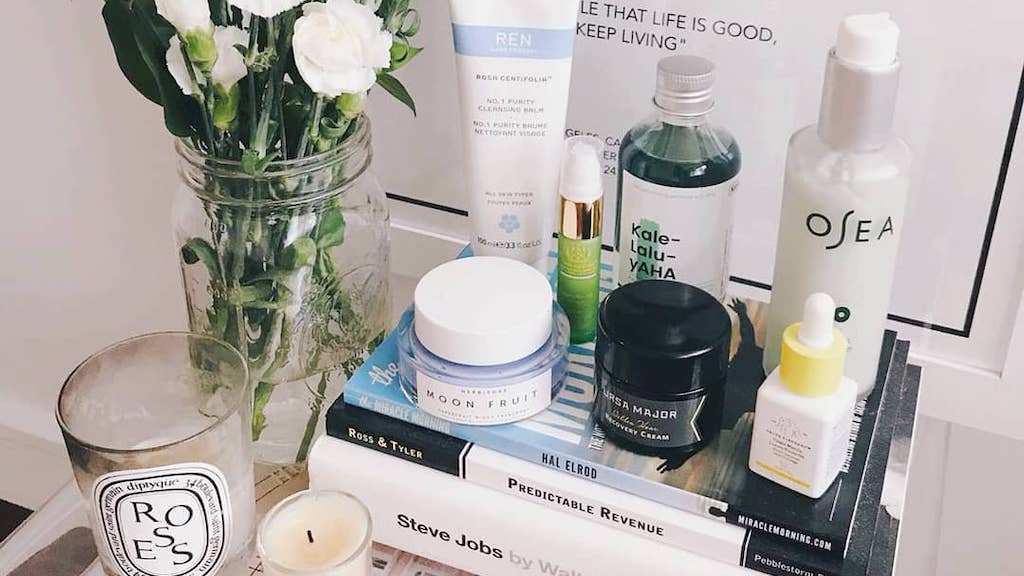
Have you ever came across skincare products with exfoliating acids, AHAs and BHAs, in them and wonder to yourself: “what are they and how do they help my skin?” or “won’t these acids just burn my face off? They are acids after all.”
Or maybe you’re familiar with them but are worried using these acids together would end up doing more harm than good.
Worry no more! This post will talk all about these exfoliating acids, how they work, and what products you can use to treat your skin.
Before we get to the products, let’s begin with a little introduction to AHAs and BHAs.

What are AHAs & BHAs?
AHAs or “Alpha Hydroxy Acids” and BHAs or “Beta Hydroxy Acids” are chemical exfoliants derived from natural substances. They gently help to improve your skin concerns, ranging from acne to flaky skin. They are alternatives to the familiar physical exfoliants we know and use, such as scrubs with small grains, which physically rub against our skin. The downside to physical exfoliants is their abrasive nature, which is due to the uneven size of the grains, regardless of whether they’re made from fruit pits or nut shells – this can cause irritated skin and even micro-tears in the epidermis.
Chemical exfoliants can save you a lot of trouble, they remove your dead and flaky skin without harming it. Chemical exfoliators not only remove dead skin cells by unsticking the “glue” that holds dead skin cells together, but they also aid in speeding up the cell turnover process. This leads to improved skin tone, less discolorations, and hyperpigmentation from pimples over time.
Let’s go a little deeper with the differences between AHAs and BHAs.
AHAs
Alpha Hydroxy Acids are pretty much helpful for all skin types because it is that gentle on the skin. They are ideal for dry flaky skin, are gentle for oily or blemish prone skin, and does wonders to even skin tone and refine the skin’s surface to appear radiant. AHAs work by dissolving upper layers of dead skin cells and almost resemble an eraser by fading the appearance of hyperpigmentation. The only downside to using AHAs is that it is water soluble, which means that it won’t be able to penetrate deep into the pores. Oftentimes when you use AHA on its own, the directions may note that you use AHAs when your skin is dry to the touch.
Types of AHAs
With AHAs, there comes the next question: there are so many types of AHA products out there, so what works best for my skin? Let’s look into them!
Glycolic Acid: Remember how I mentioned earlier that AHAs are derived from natural substances? Glycolic acid comes from sugar crops and is considered the “monarch” of all AHAs due to their small molecular size, which allows the acid to penetrate the skin a little more than other variations.
Lactic Acid: Lactic Acid is a popular alternative to glycolic acid because it not only works in the same way, but its milder and moisturizes the skin while it exfoliates. And if you’re ever wondering if those of you who are lactose-intolerant can use it, the answer is yes! Despite its name, lactic acid doesn’t affect the digestive system in any way, so you should be able to use it safely without any issues. If you’re still adamant or hesitant however, I would strongly suggest you check with your dermatologist or doctor before trying anything first.
Mandelic Acid: Derived from bitter almonds, this acid is also a gentler form of AHA. Not only is this acid antibacterial, but it also exfoliates without brightening the skin which makes it a crowd favorite for those who have deep skin tones.
Malic Acid: Malic acid is found in many fruits such as apples and does well in brightening the skin. However, because it isn’t as strong of an exfoliant like lactic and glycolic acids, malic acid is typically found mixed with other AHAs to give it more power.
Top AHAs:
BHAs
BHAS are more of a less complicated version of AHAs due to its composition. Believe it or not, those with acne prone skin have been using BHAs all this time to treat their blemishes because they are also known as Salicylic acid! Unlike the water soluble nature of AHAs, BHAs are oil soluble, which allows them to penetrate deeper into the skin, kill acne-causing bacteria from where they dwell, and even dissolve the mixture of sebum and dead skin that leads to spots. BHAs also work to exfoliate, hydrate, minimize the appearance of pores, and shrink spots. They are also great for calming down inflamed skin, and reducing pigmentation and redness caused by acne. BHAs are also quite potent and can dry out the skin, so it’s best suited for oily skin and acne-prone skin types, although it doesn’t hurt for other skin types to use them as well.
Top BHAs:
AHA & BHA Product Tips
Now that you are a little more informed about AHAs and BHAs, here’s a short list of tips to follow whenever you decide to use them!
DON’Ts:
To ensure that your skin is getting the most of the exfoliating acids, there are a few things to keep in mind. A major rule of thumb is to start with a low percentage of acid and gradually build up because the stronger the acid concentrations are, the more likely it can be irritating to the skin. Thus you should always follow instructions and prevent from using more than instructed. Some common instructions include avoiding the eye and mouth areas, and other areas with broken skin. If you’re using a peel, the instructions would most likely tell you to leave it on for more longer than a certain time. It sounds scary but when you follow the instructions to a T, you should be left with gorgeous and glowy skin.
DOs:
To use AHAs and BHAs, it’s best to use it during the night when the sun is down to avoid irritation and UV skin damage. Use a small amount of cleansed and dry skin and wait a few minutes to let it soak in. If you put it on and it itches or tingles, the formula is relatively mild, but if it starts to sting and burn, it’s a stronger concentration. Continue with the rest of your skincare routine afterwards. If you’re using a chemical peel, keep the peel on for the recommended amount of time before thoroughly washing it off and applying a moisturizer. Remember to apply SPF in the morning and the following days after.
Hope this post clarified many points about AHAs and BHAs that you may have been confused about!
Feel free to comment below on what exfoliator you use for your skin!
If you like to learn more about chemical exfoliants, check out the full video below:
Head over to more information and product recommendations: youtube.com/c/BeautyWithin





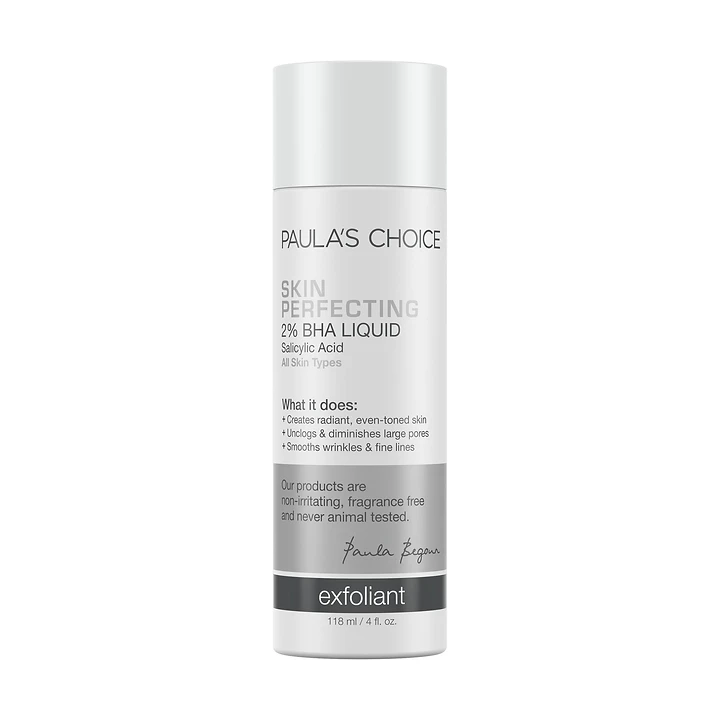


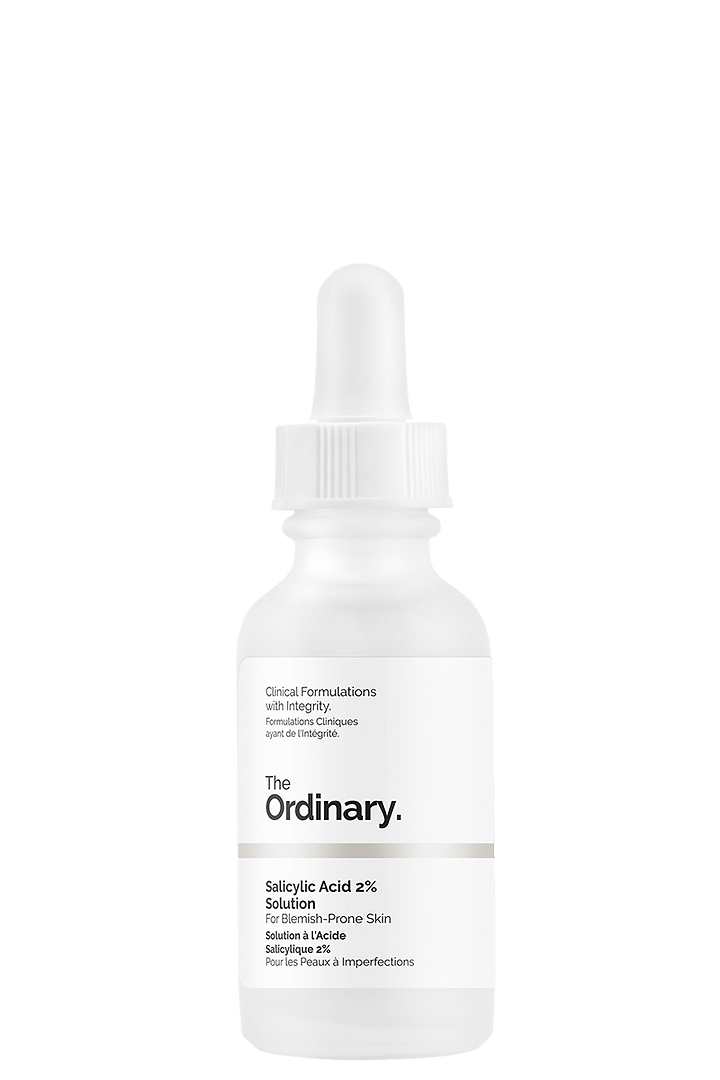

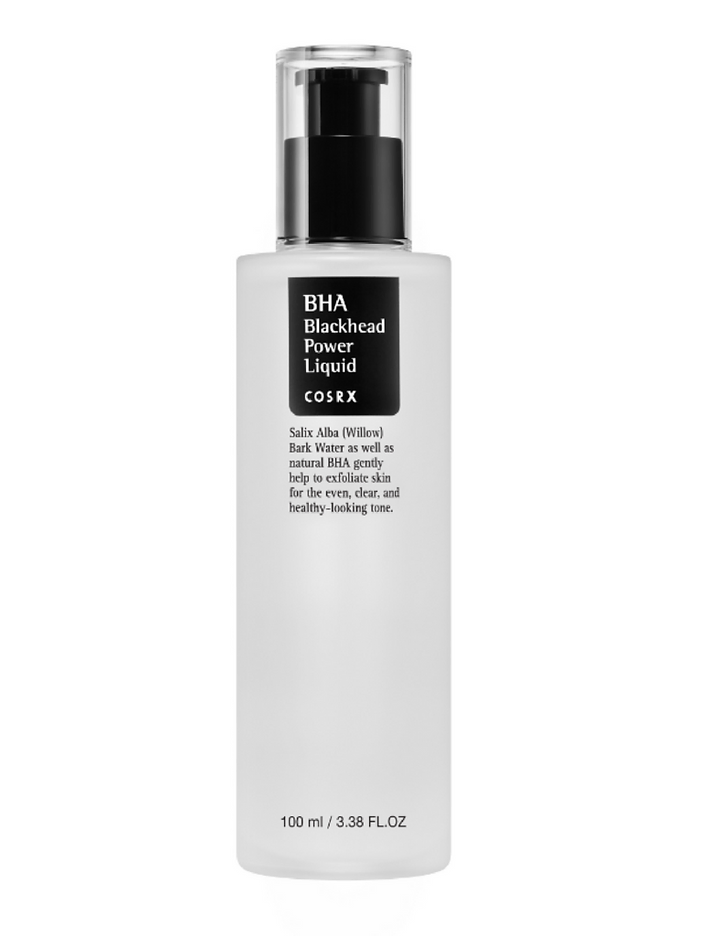

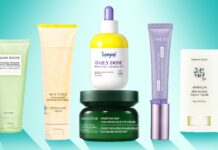

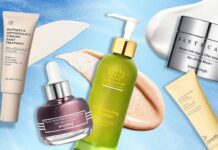
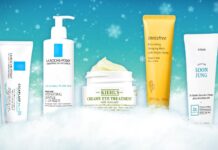
¿Can you use them with vitamin-a (Retinoids)?
When do you apply toner with these peels ???